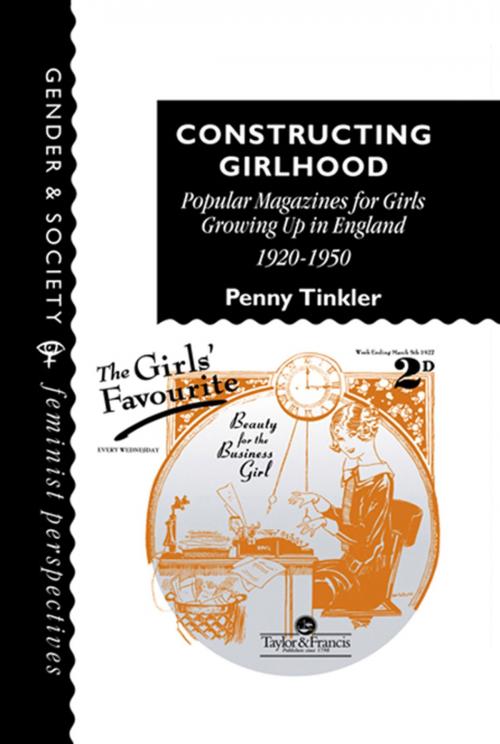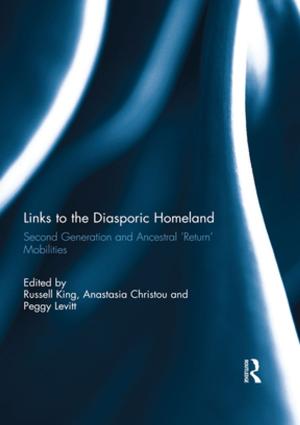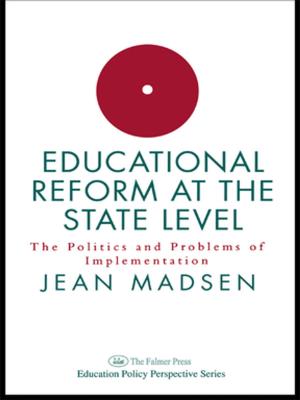Constructing Girlhood
Popular Magazines For Girls Growing Up In England, 1920-1950
Nonfiction, Social & Cultural Studies, Social Science, Sociology| Author: | Penny Tinkler | ISBN: | 9781135344610 |
| Publisher: | Taylor and Francis | Publication: | November 5, 2013 |
| Imprint: | Taylor & Francis | Language: | English |
| Author: | Penny Tinkler |
| ISBN: | 9781135344610 |
| Publisher: | Taylor and Francis |
| Publication: | November 5, 2013 |
| Imprint: | Taylor & Francis |
| Language: | English |
This text explores the contribution of magazines to the social construction of female adolescence during a historical period of rapid change and locates the role of magazines in the lives of contemporary girls. In addressing this theme, the book explores the changing social, economic, political and cultural conditions which shaped, and continue to influence, the experience of girlhood. The author discusses key concepts such as adolescence and "girlhood" and outlines theories concerning the interpretation of gender relations, cultural production, meaning and reading.; The chapters use life-course events and changes such as schooling, work, entrance into relationships, marriage and motherhood as their main themes. The author discusses the importance attached to age and social class for the form and content of the magazines and explores the interlinked factors which contributed to decisions about what were legitimate concerns for girls - for example, publisher's objectives and culture; reader interests; and ideologies of femininity. The final chapter outlines the patterns of leisure consumption in this era, providing insights into the changing role of leisure in today's society.
This text explores the contribution of magazines to the social construction of female adolescence during a historical period of rapid change and locates the role of magazines in the lives of contemporary girls. In addressing this theme, the book explores the changing social, economic, political and cultural conditions which shaped, and continue to influence, the experience of girlhood. The author discusses key concepts such as adolescence and "girlhood" and outlines theories concerning the interpretation of gender relations, cultural production, meaning and reading.; The chapters use life-course events and changes such as schooling, work, entrance into relationships, marriage and motherhood as their main themes. The author discusses the importance attached to age and social class for the form and content of the magazines and explores the interlinked factors which contributed to decisions about what were legitimate concerns for girls - for example, publisher's objectives and culture; reader interests; and ideologies of femininity. The final chapter outlines the patterns of leisure consumption in this era, providing insights into the changing role of leisure in today's society.















